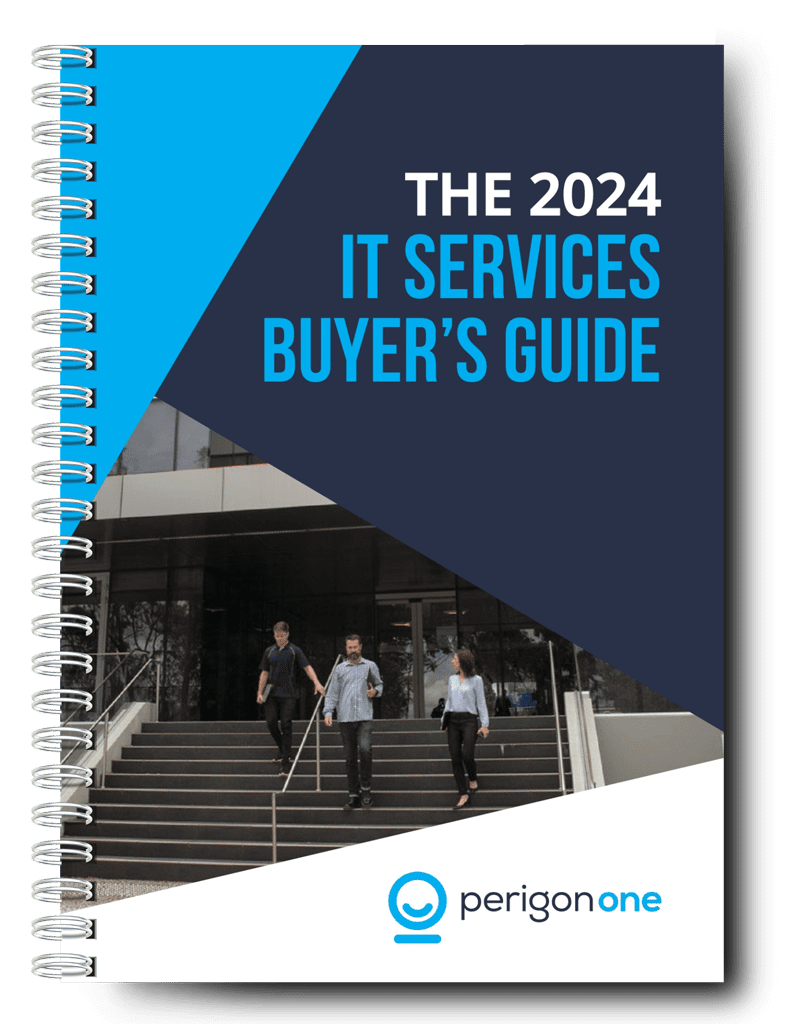When was the last time you conducted a health check on your remote workers’ devices? If it’s been a while, then this might be a task you’ll want to move to the top of your to-do list. Here’s why…
Did you know that Australia is the hybrid work capital of the world? It’s true! Reports show that a higher percentage of people in Australia have adopted a hybrid working policy – working part-time from the office and part-time from home – than in the United States, Canada, or the UK.
However, while there are definitely benefits to hybrid working, it’s not a model that works for all businesses. And that’s OK. Some organisations have decided to bring all employees back to the office full-time following the global health crisis. Others have shifted to a fully remote way of working, perhaps in an effort to significantly reduce overheads, or maximise employee satisfaction.
There are, of course, advantages and disadvantages to each scenario. And many businesses have weighed up these pros and cons before making a decision. But right now, we want to take a moment to discuss a possible risk of remote working. It can often be overlooked, but it could have a big impact on both productivity and security. So what is that risk? Faulty remote working devices.
The situation
When the pandemic hit, workers were sent home with everything they needed to carry out their tasks from a safer space – a laptop, phone, mouse, keyboard and screen, for example.
Now, we’re in 2023. It’s three years later. And for those employees who have remained working from home, it’s probably been a long time since those devices were checked over. Almost anything could have happened to them in those three years. Perhaps they don’t even exist any more!
Think about how many times you’ve accidentally dropped something. Or spilled a glass of juice. Or had your cat’s tail knock over a vase. These things happen to everyone. So we need to be asking, (a) has it happened recently to our remote workers? And (b) have devices been affected?
It’s easy to think that, if there was a problem, your employees would let you know. But would they? Perhaps they think the issue isn’t that big of a deal. Or maybe they’re worried about getting into trouble, or having to pay for damages. Whatever’s going on, the fact is that if your remote workers’ devices are no longer working as they should, it’s a problem. And potentially, a major one.
The problem
Faulty devices put your business at risk, in a number of different ways.
Firstly, devices that don’t work as they should can take longer to complete actions, and cause employees to spend more time trying to fix problems than working on tasks. They may no longer be able to work as efficiently, slowing down productivity across your entire team.
But perhaps even more worrying is the idea that faulty devices aren’t being used at all; that employees have replaced damaged equipment with personal alternatives. From a security standpoint, this is a significant cause for concern. How do you know that personal devices have been set up and configured to the same security standards? If hackers are able to gain access to a personal device which is connected to a business network, then your sensitive data could be at risk.
The solution
It’s time to check in with your remote workers, enquire about device health, and – where possible – conduct a physical check of any equipment. It’s also a good idea to ensure that you have policies in place surrounding the use of personal devices for workplace activities. These should outline an employee’s responsibility regarding the use of business equipment outside of the office.
Here at Perigon One, helping businesses stay safe and thrive in the digital world is what we do best. For tailored support for your own organisation, get in touch with our team.


